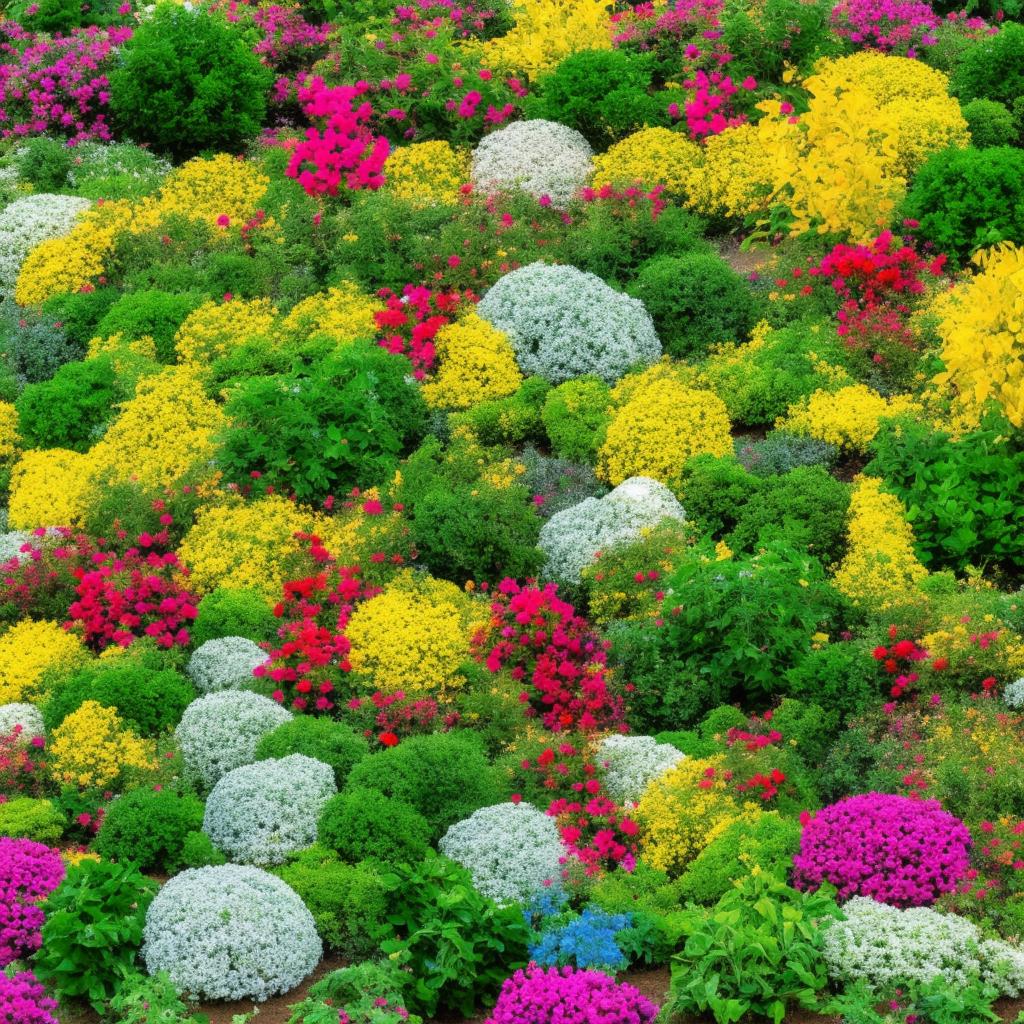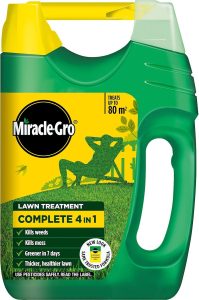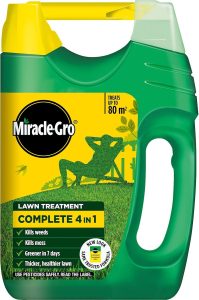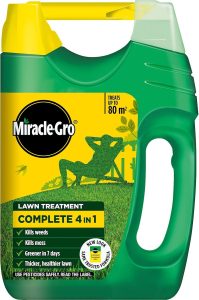When embarking on the journey of cultivating a beautiful and thriving garden, one must consider the unique climate and conditions of their surroundings. Garden zones play a crucial role in determining which plants will flourish in a specific area, making it essential to choose varieties that can withstand the temperature, soil, and sunlight levels of your region. In this article, we will delve into the concept of garden zones and provide insights on selecting the perfect plants to create a vibrant and sustainable garden tailored to your climate.
Understanding Garden Zones
When it comes to gardening, one of the key factors to consider is the climate of your region. can help you choose plants that will thrive in your specific environment. Each zone is defined by its minimum and maximum temperatures, providing valuable information on what types of plants are best suited for each area.
- By knowing your garden zone, you can ensure that the plants you select are more likely to survive and flourish in your garden.
- Some plants are more tolerant of extreme temperatures, while others require specific conditions to thrive.
- Consider factors like sunlight, soil type, and rainfall in addition to your zone when choosing plants for your garden.
Take the time to research which plants are recommended for your garden zone to make the most of your gardening efforts. Whether you live in a frost-prone region or a warm coastal area, there are plants suited to every climate. By selecting plants that are well-suited to your zone, you can create a vibrant and flourishing garden that enhances your outdoor space for years to come.
| Zone | Temperature Range | Plant Examples |
|---|---|---|
| Zone 5 | -20°F to -10°F | Roses, Daylilies |
| Zone 9 | 20°F to 30°F | Bougainvillea, Citrus trees |
Exploring Climate Considerations
When selecting plants for your garden, it’s essential to consider your local climate to ensure their success. By understanding garden zones, you can choose plants that are best suited for the conditions in your area. Each plant has specific requirements for sunlight, temperature, and water, making it crucial to select varieties that will thrive in your climate.
Whether you live in a tropical climate, temperate zone, or arid region, there are plants that will flourish in your environment. Research the plant hardiness zones in your area to determine which plants are most likely to thrive. Consider factors such as average temperatures, rainfall, and frost dates when planning your garden. By selecting plants that are well-adapted to your climate, you can create a beautiful and successful garden that will thrive for years to come.
Selecting the Ideal Plants
When selecting plants for your garden, it’s essential to consider your garden zone and climate to ensure the plants will thrive in their new environment. Each plant has specific temperature and weather requirements, so choosing plants that are well-suited to your climate will increase their chances of success.
Researching the hardiness zones of the plants you’re interested in is crucial for a successful garden. Plants that are native to your region or have similar climate conditions are more likely to flourish. Consider factors such as temperature extremes, rainfall patterns, and soil conditions when selecting your plants. By selecting plants that are well-suited to your garden zone, you’ll create a beautiful and thriving garden that requires minimal maintenance.
Tips for Successful Planting in Your Zone
When it comes to successful planting in your zone, it’s important to understand the unique climate and conditions of your area. By choosing plants that are well-suited to your specific zone, you can ensure a beautiful and thriving garden that will flourish year-round. Here are some tips to help you make the most of your planting efforts:
- Research Your Zone: Take the time to learn about your specific gardening zone, including the average temperatures, precipitation levels, and soil conditions. This will help you select plants that are best suited to thrive in your area.
- Choose Native Plants: Opt for native plants whenever possible, as they are already adapted to your zone’s climate and require less maintenance. Native plants also provide important habitat for local wildlife and can help support a healthy ecosystem in your garden.
Wrapping Up
Exploring the world of garden zones and choosing the perfect plants for your climate can open up a whole new world of possibilities in your gardening journey. By understanding the unique characteristics and needs of different plants, you can create a thriving garden that is not only beautiful, but also sustainable and resilient. So go ahead, use this knowledge to transform your outdoor space into a flourishing haven of natural beauty. Happy gardening!




